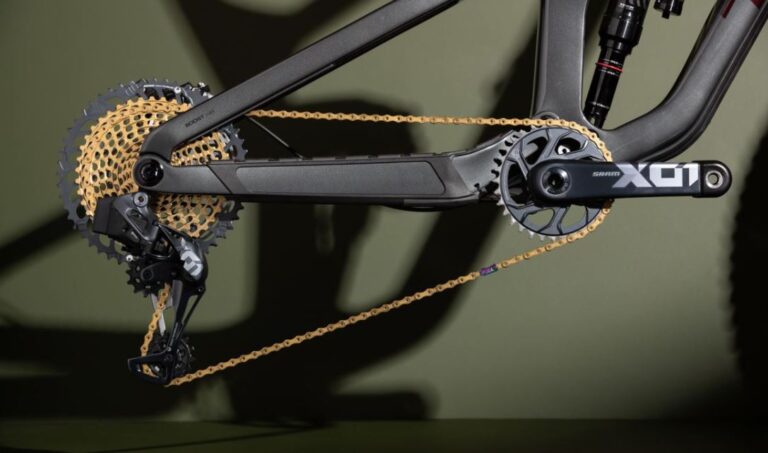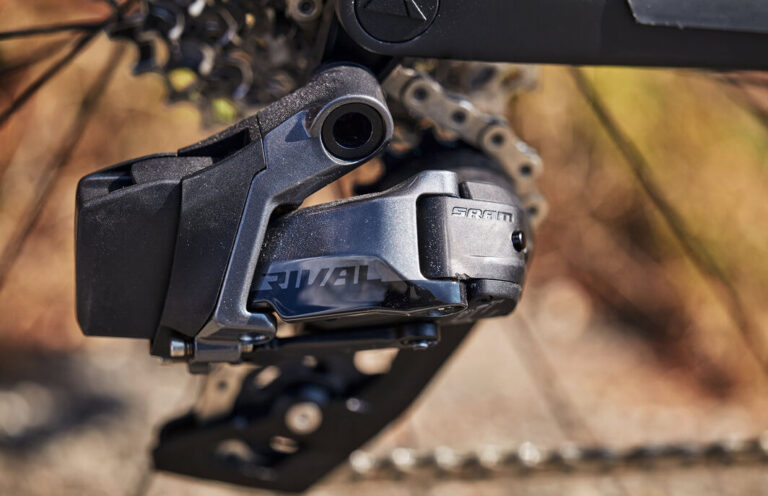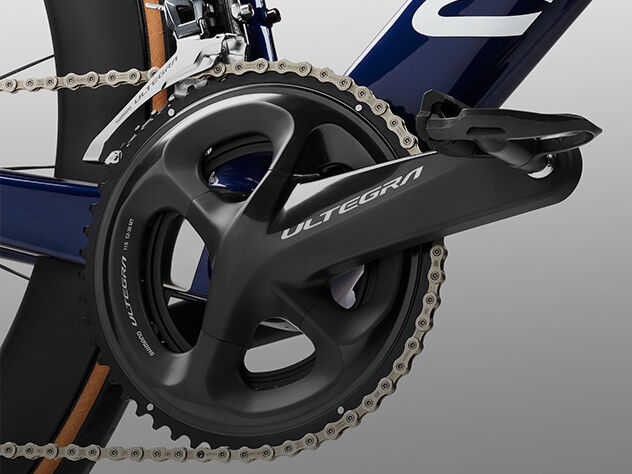Shifting Perspectives: Comparing Mechanical vs Electronic Shifters
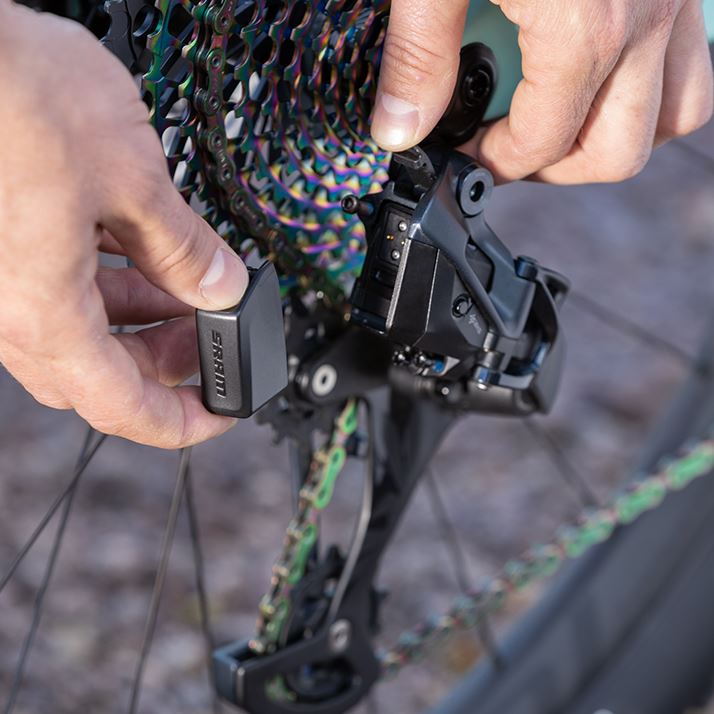
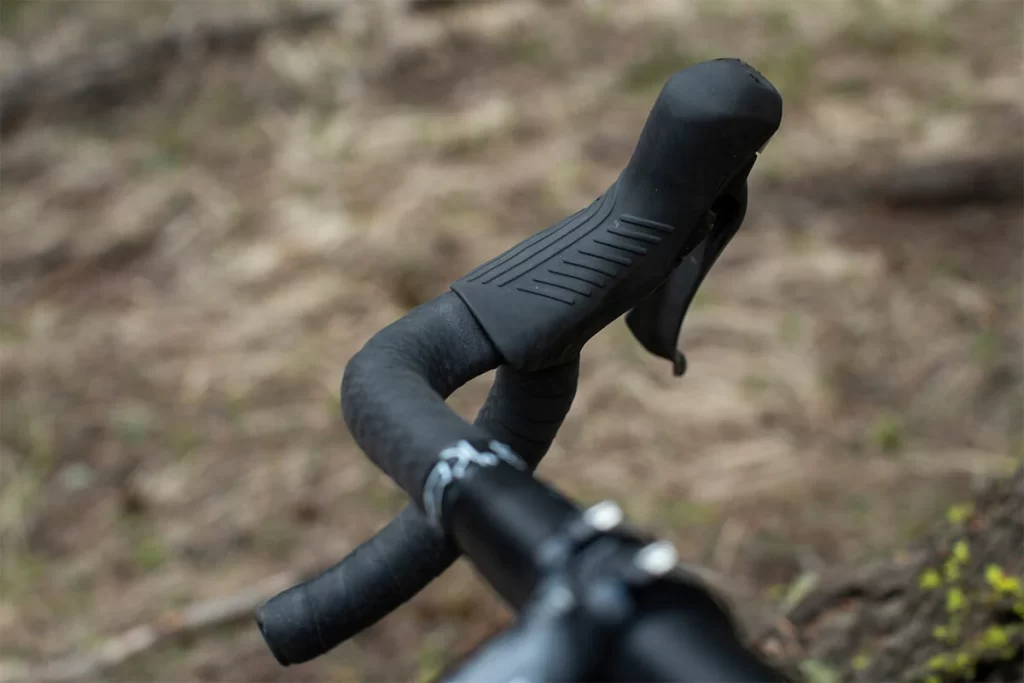
Key Point Summary of Comparing Mechanical vs Electronic Shifters:
- Mechanical Shifters: Rely on physical cables to change gears, known for their reliability and ease of maintenance.
- Electronic Shifters: Use electrical signals to shift gears, offering precise, quick shifts with minimal effort.
- Benefits of Mechanical Shifters: Cost-effective, easily repairable, and offers a tactile shifting feel.
- Benefits of Electronic Shifters: High precision, consistent performance in all conditions, and lower maintenance due to the absence of cables.
- Differences: Mainly lie in the shifting mechanism, maintenance needs, initial setup cost, and the overall riding experience.
As a masters cyclist who has navigated the trails on mountain bikes, surged over gravel, and tackled the muddy terrains of cyclocross races, I’ve had the unique opportunity to engage with both mechanical and electronic shifters across various cycling disciplines. This article aims to demystify the differences and benefits of mechanical vs. electronic shifters, providing beginner to mid-level cyclists with insights to make informed decisions about which system might best suit their riding style and preferences.
Mechanical Shifters: The Traditional Choice
Mechanical shifters have been the backbone of bike groupsets for decades. Their operation is straightforward: when you actuate a lever, it pulls or releases a cable, which then moves the derailleur and changes the gear. This direct physical connection between the shifter and the derailleur provides tactile feedback that many riders appreciate, allowing them to feel the shift.
The beauty of mechanical systems lies in their simplicity and reliability. They’re generally less expensive than their electronic counterparts and easier to repair, which can be a significant advantage when you’re miles from civilization. However, mechanical systems can be prone to performance degradation over time due to cable stretch, dirt, and wear, requiring regular adjustments and maintenance to keep them operating smoothly.

Electronic Shifters: The Modern Revolution
Electronic shifting systems, such as Shimano’s Di2, SRAM’s eTap, and Campagnolo’s EPS, have changed the landscape of bicycle gearing. Instead of relying on manual cable tension to change gears, electronic shifters send a signal to a motor in the derailleur, executing the shift. This results in incredibly precise and quick gear changes with minimal effort, regardless of the conditions.
One of the most significant advantages of electronic shifters is their consistent performance. Without cables to stretch or get clogged with dirt, electronic systems require less maintenance and offer a cleaner setup with fewer components exposed to the elements. Additionally, many electronic systems offer programmable shifting patterns and the ability to shift multiple gears with a single press, features that cater to a highly customizable riding experience.

Comparing the Two: A Personal Reflection
Having used both systems extensively, I’ve found that the choice between mechanical and electronic shifters often comes down to personal preference, riding conditions, and budget. Mechanical systems offer a sense of control and connection with the bike that’s hard to replicate with electronic systems. On a long, isolated gravel ride, knowing I can fix a mechanical issue with a simple toolset provides peace of mind.
Conversely, the precision and ease of use offered by electronic systems are unparalleled, especially in race conditions where every second counts. Shifting is effortless and requires less concentration, allowing me to focus more on the course and less on the mechanics of the bike. The weather resistance of electronic systems also means that mud, water, or cold temperatures have little impact on performance, a notable advantage in cyclocross racing.
In Summary
Both mechanical and electronic shifters have their place in the cycling world, each offering unique benefits that cater to different riders’ needs. Mechanical shifters, with their reliability and tactile feedback, appeal to those who value simplicity and the ability to perform roadside repairs. Electronic shifters, on the other hand, offer cutting-edge performance and convenience, appealing to riders looking for the utmost in precision and efficiency.
As technology continues to evolve, the gap between these systems may narrow, but the choice will always depend on what you value most in your cycling experience. Whether it’s the raw, hands-on feel of mechanical shifting or the sleek, effortless operation of an electronic system, the best choice is the one that aligns with your riding style, preferences, and the unique challenges of your favorite cycling disciplines.

One notable brand that offers both top-tier mechanical and electronic groupsets is Shimano, a leader in cycling componentry with a reputation for quality and innovation. Here’s a look at the best mechanical and electronic shift options from Shimano:
Best Mechanical Groupset: Shimano Dura-Ace R9100
The Shimano Dura-Ace R9100 groupset stands at the pinnacle of mechanical shifting technology. Renowned for its precision, reliability, and lightweight, the R9100 series delivers smooth, efficient gear changes and exceptional performance. It combines Shimano’s leading-edge engineering with ergonomic design to offer cyclists a highly responsive and durable mechanical shifting option.
- Key Features:
- Ultra-lightweight and stiff crankset for efficient power transfer.
- Refined Dual Control Levers for precise shifting and improved ergonomics.
- Direct mount brake calipers for superior stopping power and modulation.
Best Electronic Groupset: Shimano Dura-Ace Di2 R9150
The Shimano Dura-Ace Di2 R9150 electronic groupset represents the zenith of electronic shifting systems, providing unparalleled precision, speed, and reliability. With its wireless E-Tube platform, riders can customize shift settings, while the system ensures consistent, effortless shifting at the touch of a button, regardless of conditions.
- Key Features:
- Synchronized Shift technology, which automatically adjusts the front derailleur based on the rear derailleur’s position to ensure an optimal gear combination.
- Wireless connectivity for easy updates and customization through the E-Tube app.
- Battery life that supports thousands of kilometers of riding before needing a charge.
Both the Dura-Ace R9100 and Di2 R9150 groupsets embody Shimano’s commitment to providing cyclists with the best possible riding experience through technological innovation. Whether you prefer the tactile feedback and reliability of mechanical shifting or the precision and ease of electronic shifting, Shimano offers world-class options that set industry standards for performance and quality.
FAQ
What is the difference between mechanical and electronic gear shifters?
Mechanical shifters use cables to change gears, requiring manual effort, while electronic shifters use electric signals for gear changes, offering quicker and more precise shifts with less effort.
Do professional cyclists use electronic shifting?
Yes, many professional cyclists use electronic shifting for its precision, reliability, and the competitive advantage of faster gear changes.
What is the advantage of electronic shifters?
The main advantages include more accurate and consistent shifting, less maintenance due to the absence of cables, and the ability to customize shifting patterns.
Is Di2 better than mechanical?
Depends on the context. Shimano’s Di2 offers superior shifting speed and precision compared to mechanical systems, with less maintenance required. However, mechanical systems are valued for their tactile feedback and reliability, especially in situations where on-the-fly repairs are necessary.

